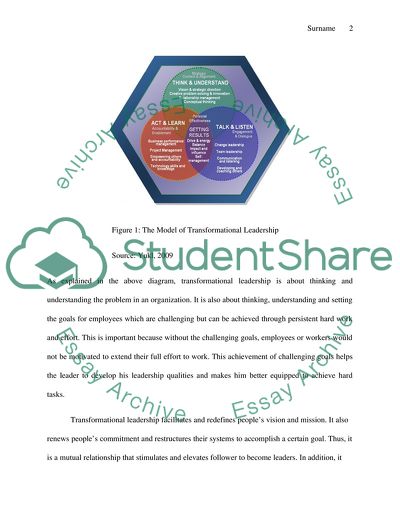Cite this document
(The Definition of Transformational Leadership Coursework, n.d.)
The Definition of Transformational Leadership Coursework. https://studentshare.org/psychology/1766608-transformational-leadership-org
The Definition of Transformational Leadership Coursework. https://studentshare.org/psychology/1766608-transformational-leadership-org
(The Definition of Transformational Leadership Coursework)
The Definition of Transformational Leadership Coursework. https://studentshare.org/psychology/1766608-transformational-leadership-org.
The Definition of Transformational Leadership Coursework. https://studentshare.org/psychology/1766608-transformational-leadership-org.
“The Definition of Transformational Leadership Coursework”. https://studentshare.org/psychology/1766608-transformational-leadership-org.


